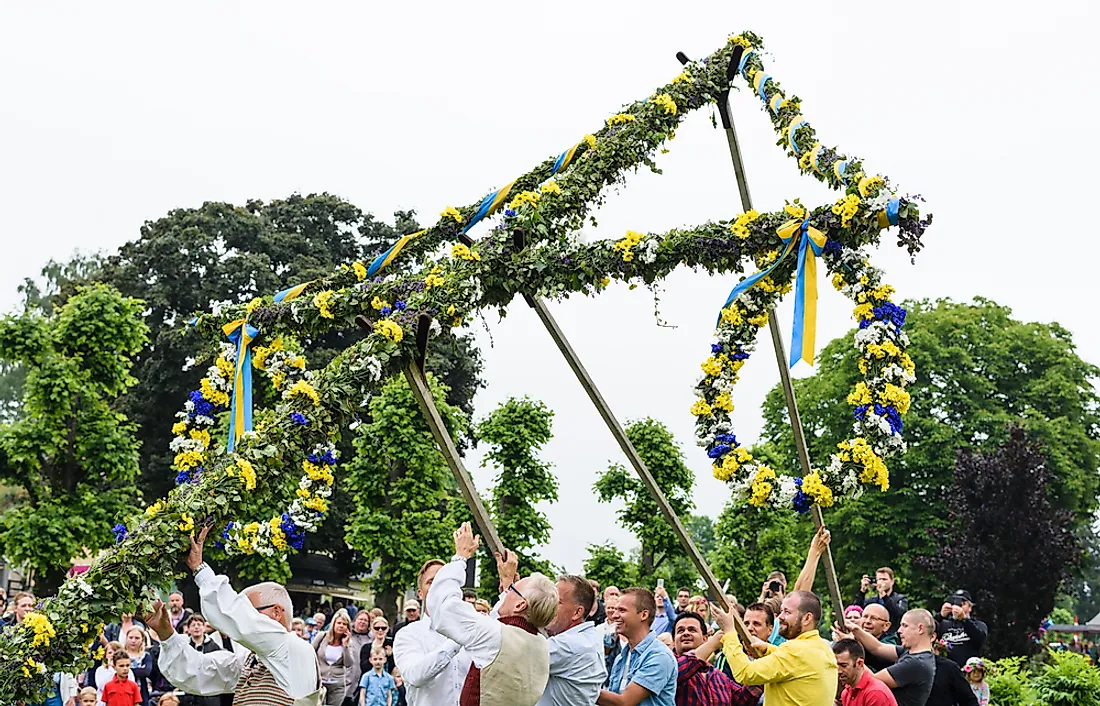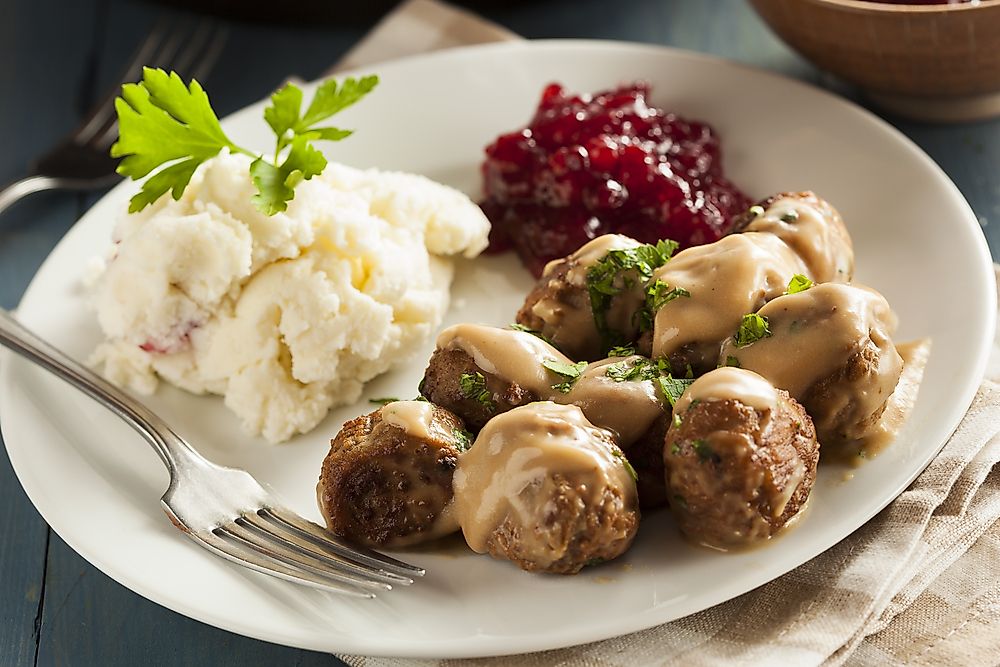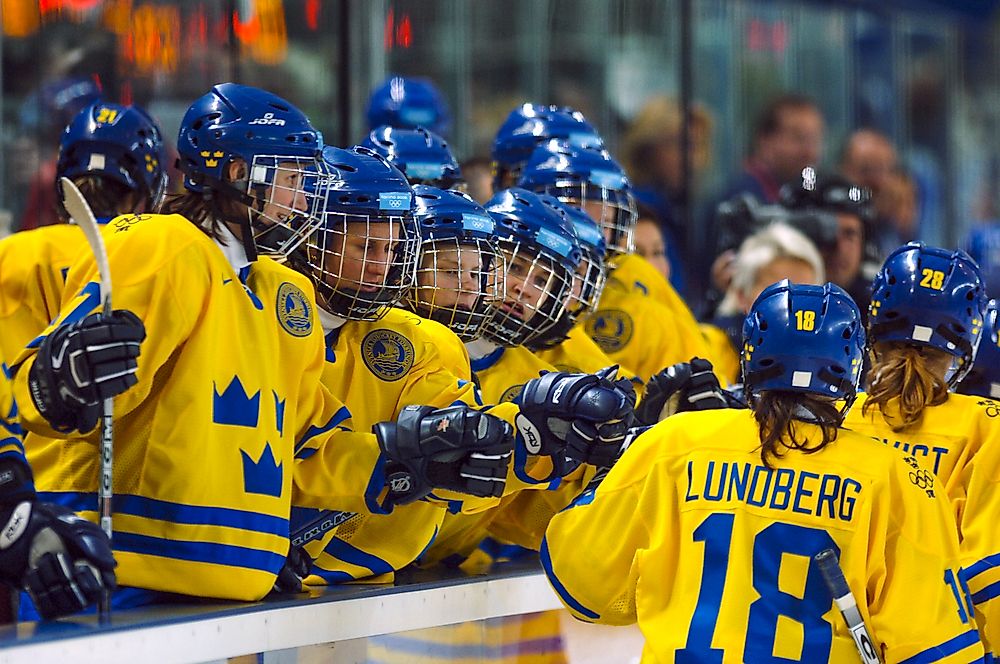The Culture of Sweden

The Scandinavian nation of Sweden is located in Northern Europe where it has a territory of 450,295 square km. Sweden hosts a population of around 10.2 million. Ethnic Swedes constitute the majority of the country’s population. Sweden Finns and ethnic Finns are the largest ethnic minority groups living Sweden. The Sami people, a nomadic group who are associated with reindeer herding are a small indigenous ethnic group living in North Sweden. The country also hosts immigrants from several other European countries and from other parts of the world. Christianity is the religion of the vast majority in Sweden. 61.3% of the population is affiliated with the Lutheran Church of Sweden.
Swedish Cuisine

Although Swedish cuisine in modern times is influenced by global cuisine, traditional Swedish dishes are still hugely popular in the country. Significant differences in the cuisine of northern and southern Sweden is also visible. Meats like those of the reindeer and other game are highly popular in the North while dishes rich in fresh vegetable are common in the South. One of the traditional dishes of Sweden is meatballs served with cream sauce, lingonberry jam, mashed potatoes, and pickled cucumber. Swedish pancakes, Surströmming (fermented herring accompanied by salad and boiled potatoes), Gravlax (raw salmon cured in sugar, dill, and salt), and Pitepalt dumpling are some other famous traditional Swedish dishes.
Swedish Literature -
The Rök Runestone was the first literary text from Sweden. It was carved at around 800 AD during the Viking Age. Latin writings by Christian monks became common in Sweden in the Middle Ages. Following the standardization of the Swedish language in the 16th century, literature in the language flourished. In 1541, the Bible was translated into Swedish. Over the years, Sweden produced many notable authors including the Nobel laureates Pär Lagerkvist and Selma Lagerlöf.
Sports In Sweden

Almost half of the population of Sweden actively engage in sporting activities. Football and ice hockey are two of the most popular sports in the country. The national ice hockey team of Sweden is one of the world’s best teams. It has won the World Championships nine times. Sweden also performs well at the Olympic Games. The country has even hosted many international sports events like the 1912 Summer Olympics, the 1958 FIFA World Cup, the 1995 World Championships in Athletics, and others. Winter sports are also popular in Sweden and the country has produced many internationally famous winter sports athletes.
Clothing In Sweden
Although most Swedes wear modern clothing that is internationally influenced, traditional Swedish folk costumes are occasionally worn. The Sverigedräkten is one such costume that is worn by royal women on some formal occasions. The yellow and blue colored version of the dress was established as the National Costume in 2004. Different regions of the country have their own folk costume designs.
Music And Dance In Sweden
Sweden has a lively music and dance scene. Around 600,000 of the country’s inhabitants belong to the various choirs. The world-famous pop music group ABBA is from Sweden. Other internationally popular Swedish pop music and dance groups are Roxette, The Cardigans, Ace of Base, etc. The country also has a prolific death metal scene. At the Gates, The Haunted, and In Flames are some of the renowned dark metal bands from Sweden. The country also has a rich traditional folk music and dance scene. Most of the folk performances happen during traditional festivals and ceremonies in the country.
Life In A Swedish Society
Women and men enjoy equal status in Swedish society. The country has one of the highest proportion of women parliamentarians and cabinet ministers. It also has one of the highest proportion of women in the workforce. Discrimination on the basis of gender is not tolerated in modern Swedish society. The country is also regarded as a leader in gender equality. Both maternal and paternal leaves are granted to workers in the country.
Marriage is a matter of individual choice and is generally based on affection and romantic relationships. Cohabitation of unmarried couples is socially accepted in the country and is associated with nearly the same responsibilities and rights as marriage. Same-sex partners are also allowed to marry or enter into a registered partnership. Divorce rates are also high in the country.
Most Swedish families are nuclear with both two-parent and single-parent households being common. Both sons and daughters have equal inheritance rights. The government’s policies and laws of the state ensure that women enjoy childbirth and childcare without having to give away their careers in the process.
The Swedes respect individuality and freedom. Polite behavior is important in a Swedish society. Thanking is an important part of the interaction between people. Self-sufficiency and punctuality are highly valued qualities in a person.











